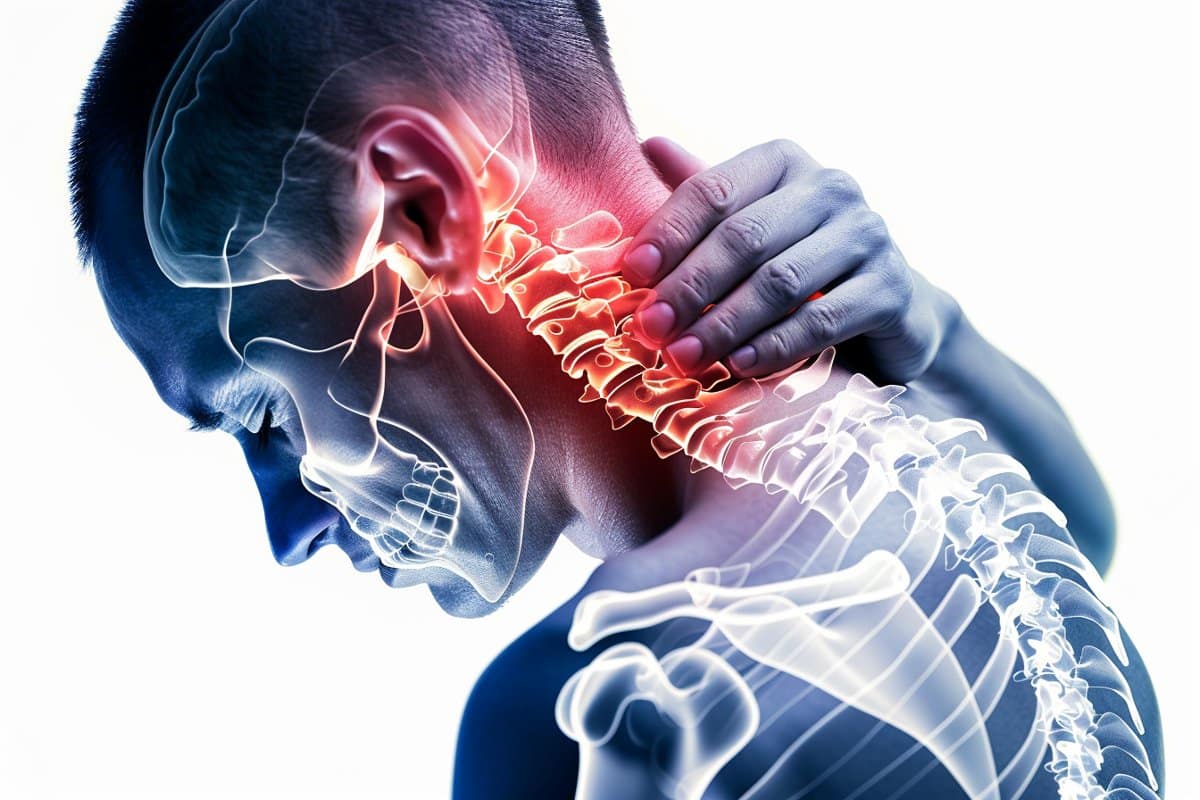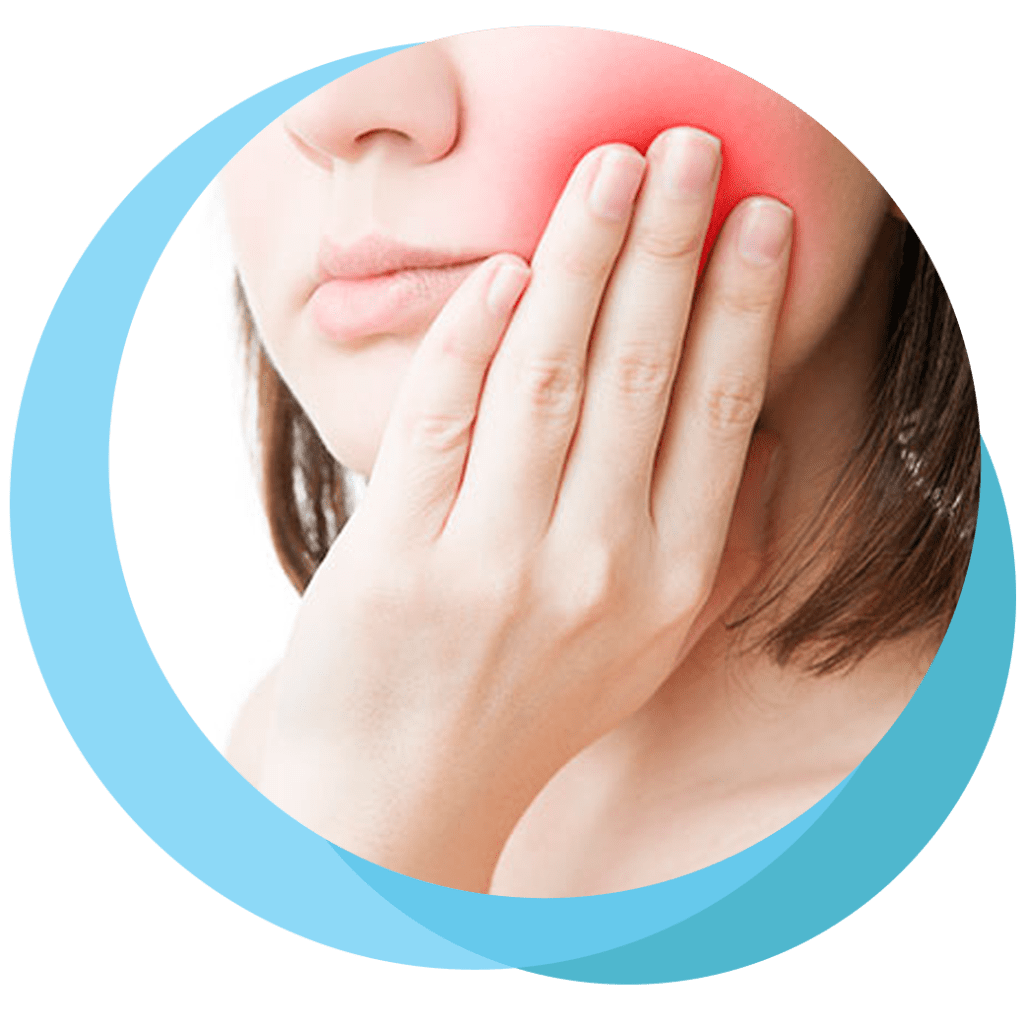Pain, an inevitable facet of the human experience, varies widely in its manifestations and implications. Whether acute or chronic, mild or severe, pain profoundly impacts daily life. It influences physical capabilities, emotional well-being, social interactions, and overall quality of life. This article delves into the multifaceted impact of pain on daily life, explores various coping mechanisms, and highlights the importance of support systems in managing and alleviating pain.
The Multifaceted Impact of Pain
Physical Limitations
The most immediate impact of pain is often physical. Acute pain, resulting from injury or surgery, can limit mobility and functional capacity. Chronic pain, persisting for months or even years, exacerbates these limitations, leading to significant lifestyle changes. Conditions such as arthritis, fibromyalgia, and back pain can make everyday tasks like walking, climbing stairs, or even sitting for extended periods challenging. This reduction in physical ability often leads to a sedentary lifestyle, which can further deteriorate physical health.
Emotional and Psychological Effects
Pain does not merely reside in the body; it seeps into the psyche, profoundly affecting mental health. Chronic pain is closely linked to depression and anxiety. The constant struggle with pain can lead to feelings of helplessness, frustration, and hopelessness. Anxiety often accompanies chronic pain as individuals worry about the persistence of their condition and the implications for their future. The emotional burden of pain can create a vicious cycle, where pain leads to emotional distress, which in turn exacerbates the perception of pain.
Social Implications
Pain also impacts social interactions and relationships. Individuals suffering from chronic pain may withdraw from social activities, leading to isolation and loneliness. The inability to participate in hobbies, social gatherings, and even routine family activities can strain relationships with friends and loved ones. Moreover, the constant need for support can create feelings of guilt and dependency, further complicating social dynamics.
Professional and Economic Consequences
Chronic pain significantly affects professional life. Persistent pain can reduce productivity, lead to frequent absences, and, in severe cases, force individuals to leave the workforce. The economic burden of pain is substantial, encompassing medical expenses, loss of income, and the broader economic impact of reduced workforce participation. For many, the financial strain adds another layer of stress, compounding the overall burden of pain.
Coping Mechanisms
Despite the profound impact of pain, various coping mechanisms can help individuals manage and mitigate its effects. These strategies range from medical interventions to psychological and lifestyle adjustments.
Medical Interventions
Medical management of pain often involves a combination of pharmacological and non-pharmacological treatments. Medications such as analgesics, anti-inflammatory drugs, and muscle relaxants are commonly prescribed to manage pain. In more severe cases, opioid analgesics may be used, though they come with the risk of dependency and other side effects. Non-pharmacological treatments include physical therapy, acupuncture, and chiropractic care, which can help alleviate pain by addressing its underlying causes.
Psychological Approaches
Psychological strategies play a crucial role in pain management. Cognitive-behavioral therapy (CBT) is particularly effective in helping individuals cope with chronic pain. CBT teaches patients to recognize and change negative thought patterns that exacerbate pain perception and emotional distress. Mindfulness and relaxation techniques, such as meditation and deep-breathing exercises, can also help reduce the perception of pain and improve emotional well-being.
Lifestyle Modifications
Lifestyle changes are essential for managing chronic pain. Regular physical activity, tailored to individual capabilities, can improve strength, flexibility, and overall health, thereby reducing pain. A balanced diet, rich in anti-inflammatory foods, can also play a role in pain management. Adequate sleep is crucial, as poor sleep can increase pain sensitivity and reduce the ability to cope with pain. Establishing a healthy sleep routine can significantly improve pain outcomes.
Support Systems
Effective pain management often requires robust support systems, encompassing medical professionals, family, friends, and broader community resources.
Medical Support
A multidisciplinary approach to pain management involves various healthcare professionals, including doctors, nurses, physical therapists, and psychologists. Regular consultations with healthcare providers ensure that pain management strategies are tailored to the individual’s needs and adjusted as necessary. Pain clinics and specialized pain management centers offer comprehensive care, integrating medical, psychological, and physical therapies.
Family and Friends
The support of family and friends is invaluable for individuals coping with pain. Emotional support, practical assistance, and understanding from loved ones can alleviate the burden of pain. Open communication is essential, allowing individuals to express their needs and feelings without fear of judgment or rejection. Family therapy or counseling can help address any relational strains and improve overall family dynamics.
Peer Support
Connecting with others who are experiencing similar pain-related challenges can provide a sense of community and understanding. Support groups, whether in-person or online, offer a platform for sharing experiences, coping strategies, and encouragement. Peer support can reduce feelings of isolation and provide practical advice from those who have navigated similar journeys.
Community Resources
Community resources, such as social services, non-profit organizations, and support programs, offer additional assistance. These resources can provide information, financial assistance, and services such as transportation and home care. Accessing community resources can significantly ease the practical burdens associated with chronic pain.
The Role of Technology
In recent years, technology has become an increasingly important tool in pain management. Telemedicine allows for regular consultations with healthcare providers, ensuring continuous care even when in-person visits are challenging. Mobile apps and wearable devices can help individuals track pain levels, monitor activity, and follow treatment plans. Online platforms provide access to educational resources, support groups, and virtual therapy sessions, making pain management more accessible and comprehensive.
Integrative and Alternative Therapies
Integrative and alternative therapies are gaining recognition for their role in pain management. Practices such as yoga, tai chi, and Pilates focus on gentle movements and stretching, which can improve flexibility and reduce pain. Herbal supplements, essential oils, and dietary changes based on traditional medicine principles offer additional avenues for managing pain. While scientific evidence varies regarding the efficacy of these therapies, many individuals find them beneficial as part of a holistic pain management plan.
Conclusion
Pain, whether acute or chronic, profoundly impacts daily life, affecting physical capabilities, emotional well-being, social interactions, and professional life. Effective pain management requires a multifaceted approach, encompassing medical interventions, psychological strategies, lifestyle modifications, and robust support systems. Medical professionals, family and friends, peer support, and community resources play crucial roles in helping individuals cope with pain.
As technology advances, new tools and resources are becoming available to aid in pain management, making it easier for individuals to access care and support. Integrative and alternative therapies offer additional options for those seeking holistic approaches to pain relief. By understanding the comprehensive impact of pain and leveraging diverse coping mechanisms and support systems, individuals can improve their quality of life and navigate the challenges of living with pain more effectively.




